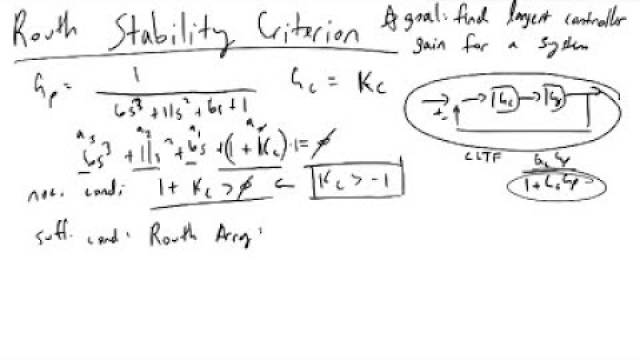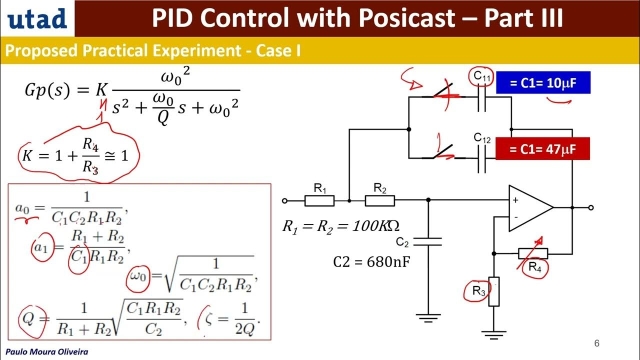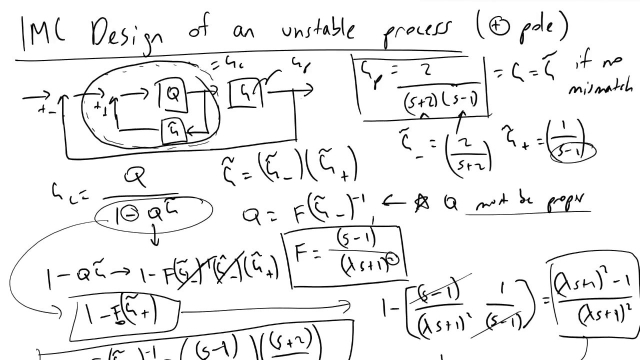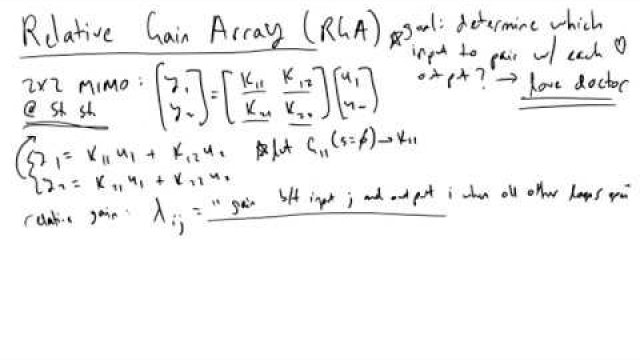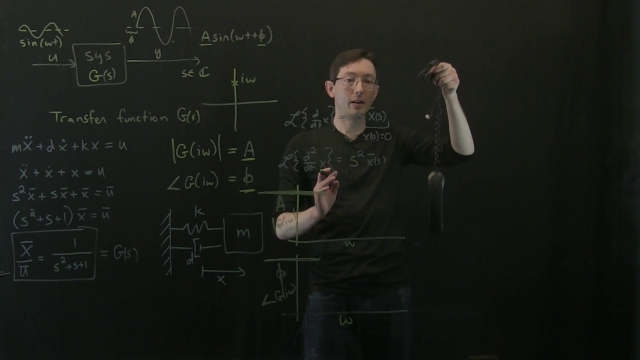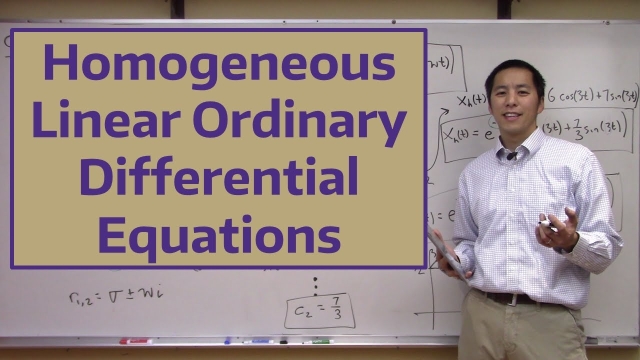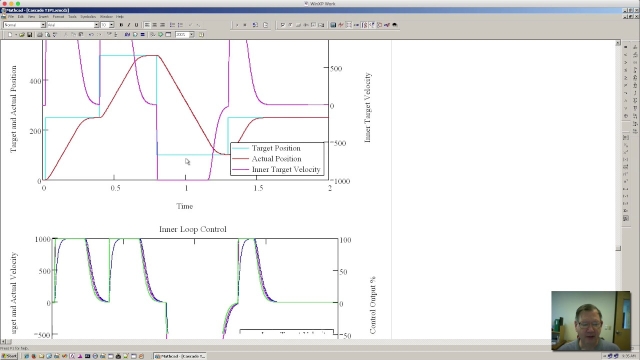
The Taylor Series
In this video we discuss the Taylor Series (and the closely related Maclaurin Series). These are two specific types of Power Series that allow you to approx...
See MorePeter Ponders PID - Closed Loop Zeros
This video covers closed loop zeros, what causes zeros and the benefits and drawbacks of closed loop zeros.
See MoreReachability and Controllability with Cayley-Hamilton [Control Bootcamp]
Here we use the Cayley-Hamilton Theorem to show that the full state space is reachable if and only if the system is controllable.
See MorePeter Ponders PID - LQR Optimizing Two Outputs
Derivation of the 2D Wave Equation
In this video we derive the 2D wave equation. This partial differential equation governs the motion of waves in a plane and is applicable for thin vibrating...
See MoreCartesian, Polar, Cylindrical, and Spherical Coordinates
In this video we discuss Cartesian, Polar, Cylindrical, and Spherical coordinates as well as develop forward and reverse transformations to go from one coord...
See MorePeter Ponders PID - Controlling a non-integrating single pole system. Part 3...
Part 3 uses PI control which is the only practical means of control a non-integrating single pole system.http://deltamotion.comhttp://forum.deltamotion.com
See MoreUnderstanding Sensor Fusion and Tracking, Part 3: Fusing a GPS and IMU to Es...
This video continues our discussion on using sensor fusion for positioning and localization by showing how we can use a GPS and an IMU to estimate and object’s orientation and position. We...
See MoreFrequency domain – tutorial 6: Fourier transform tables
In this video, we learn about Fourier transform tables which enable us to quickly travel from time to the frequency domain. The main learning objective is to...
See MoreUnderstanding and Sketching the Root Locus
In this video we discuss how to sketch the root locus for a system by developing a series of 5 core rules augmented by 5 supplemental rules (for a total of 1...
See MoreTikZ source Code: Feedback systems
TikZ source Code: Feedback systems
See MoreFourier Series and Gibbs Phenomena [Matlab]
This video will describe how to compute the Fourier Series in Matlab and Gibbs Phenomena that appear for discontinuous functions.
See MoreCourse Introduction (Signal Processing 101)
Learn Signal Processing 101 in 31 lectures covering time, frequency and Laplace domain in about 8 hours all together:https://www.youtube.com/watch?v=KZd68xga...
See MoreTikZ source Code: Simulation Graph
TikZ source Code: Simulation Graph
See MoreLecture 6: Signal Flow Graphs and Mason's Gain Rule
Lecture 18: PI and Lag Compensator Design using Root Locus
SVD: Image Compression [Matlab]
This video describes how to use the singular value decomposition (SVD) for image compression in Matlab.
See MoreRouth Stability Criterion Intro and Example
I introduce and walk through an example problem of how we can use the Routh Stability Criterion to rigorously determine the necessary and sufficient conditio...
See MorePID Control with Posicast, 9 - (In English)
This is part III of PID control with Posicast
See MoreIMC Design of an Unstable Process Example
In this video, I cover how we can use IMC method to rigorously design a controller for an inherently unstable process (has a positive pole).
See MoreRelative Gain Array RGA and Input Output Pairing
The RGA is a tool used by process engineers to determine how to pair inputs and outputs during controller design to strive for better performance and robustn...
See MoreControl Bootcamp: Example Frequency Response (Bode Plot) for Spring-Mass-Da...
This video shows how to compute and interpret the Bode plot for a simple spring-mass-damper system.
See MoreHomogeneous Linear Ordinary Differential Equations
In this video we discuss how to solve homogeneous linear ordinary differential equations (ODEs). The approach outlined in this lecture is applicable to high...
See MoreFinal Value Theorem
In this video we discuss the Final Value Theorem. Given a signal in the Laplace domain, this allows us to predict the steady state value of the signal in th...
See MorePeter Ponders PID - Cascade Control Part2
The inner loop pole locations and gains are calculated first so the inner loop pole locations are determined by the user. The outer loop poles are still pla...
See More
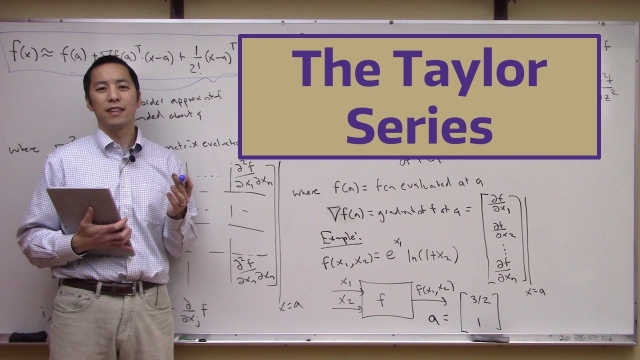
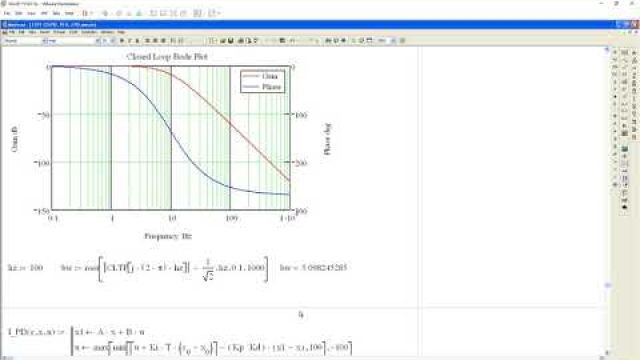
![Reachability and Controllability with Cayley-Hamilton [Control Bootcamp]](/sites/default/files/styles/search_resulkts/public/2020-12/maxresdefault_306.jpg?itok=SzmzyZ6Z)
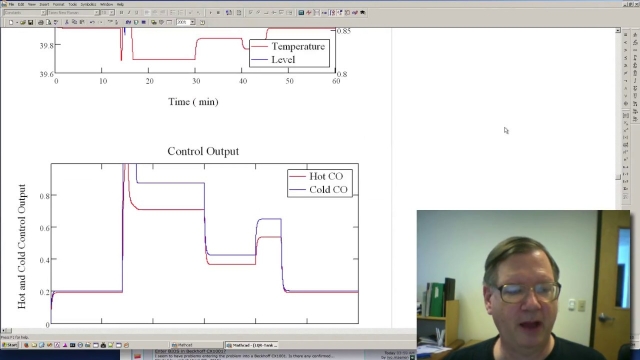
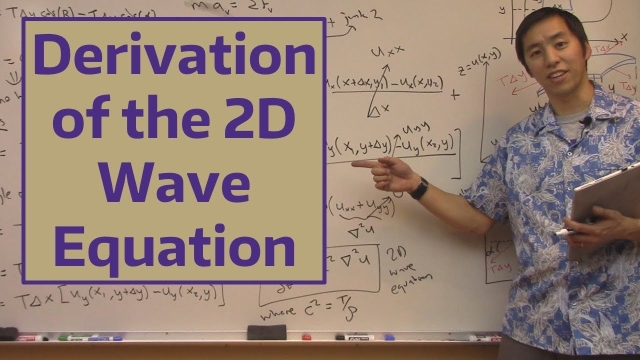
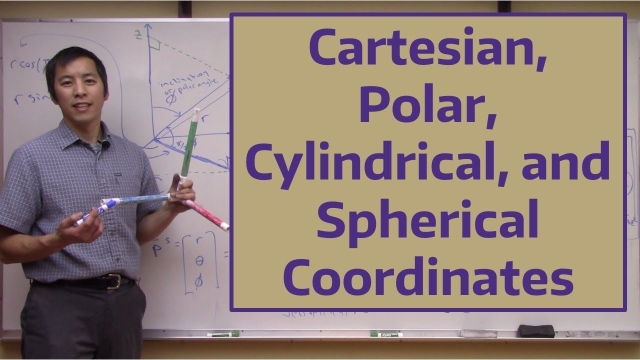
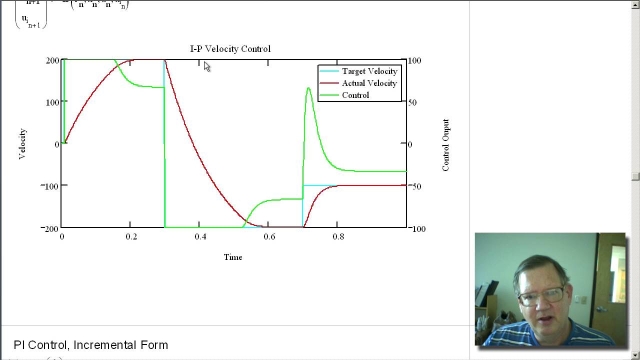



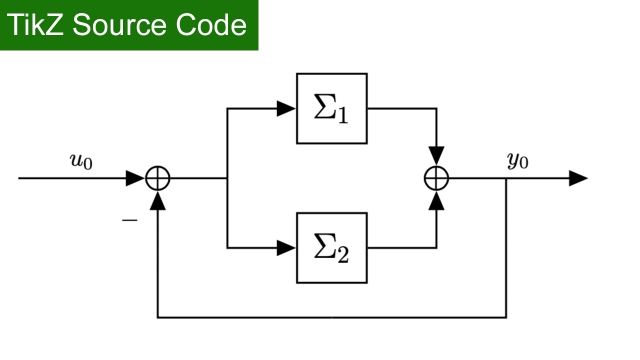
![Fourier Series and Gibbs Phenomena [Matlab] Fourier Series and Gibbs Phenomena [Matlab]](/sites/default/files/styles/search_resulkts/public/2020-12/maxresdefault_363.jpg?itok=YEl5oqig)
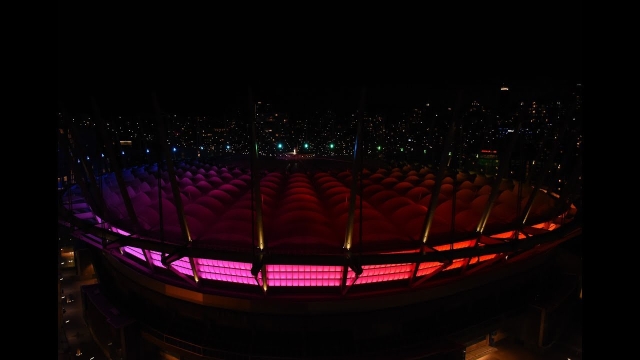
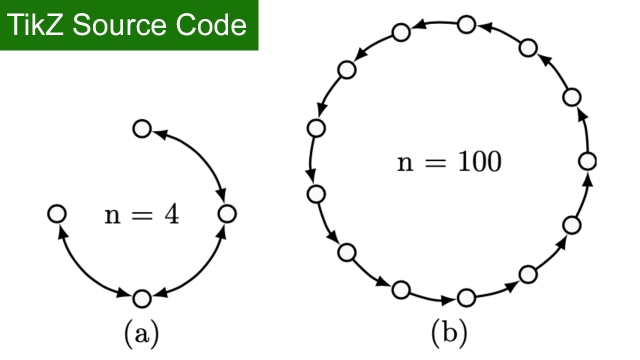
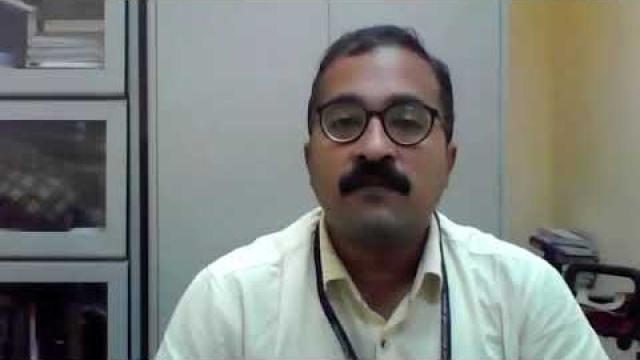
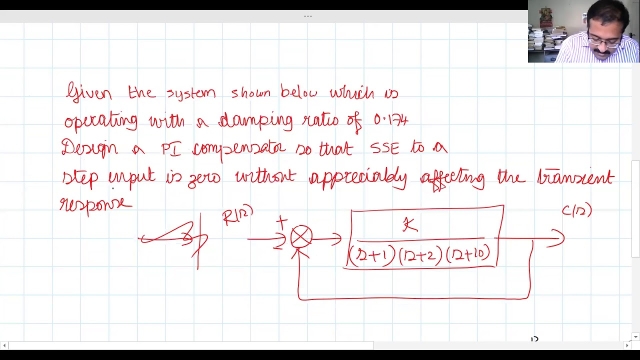
![SVD: Image Compression [Matlab]](/sites/default/files/styles/search_resulkts/public/2020-12/maxresdefault_419.jpg?itok=wbEekwkx)
